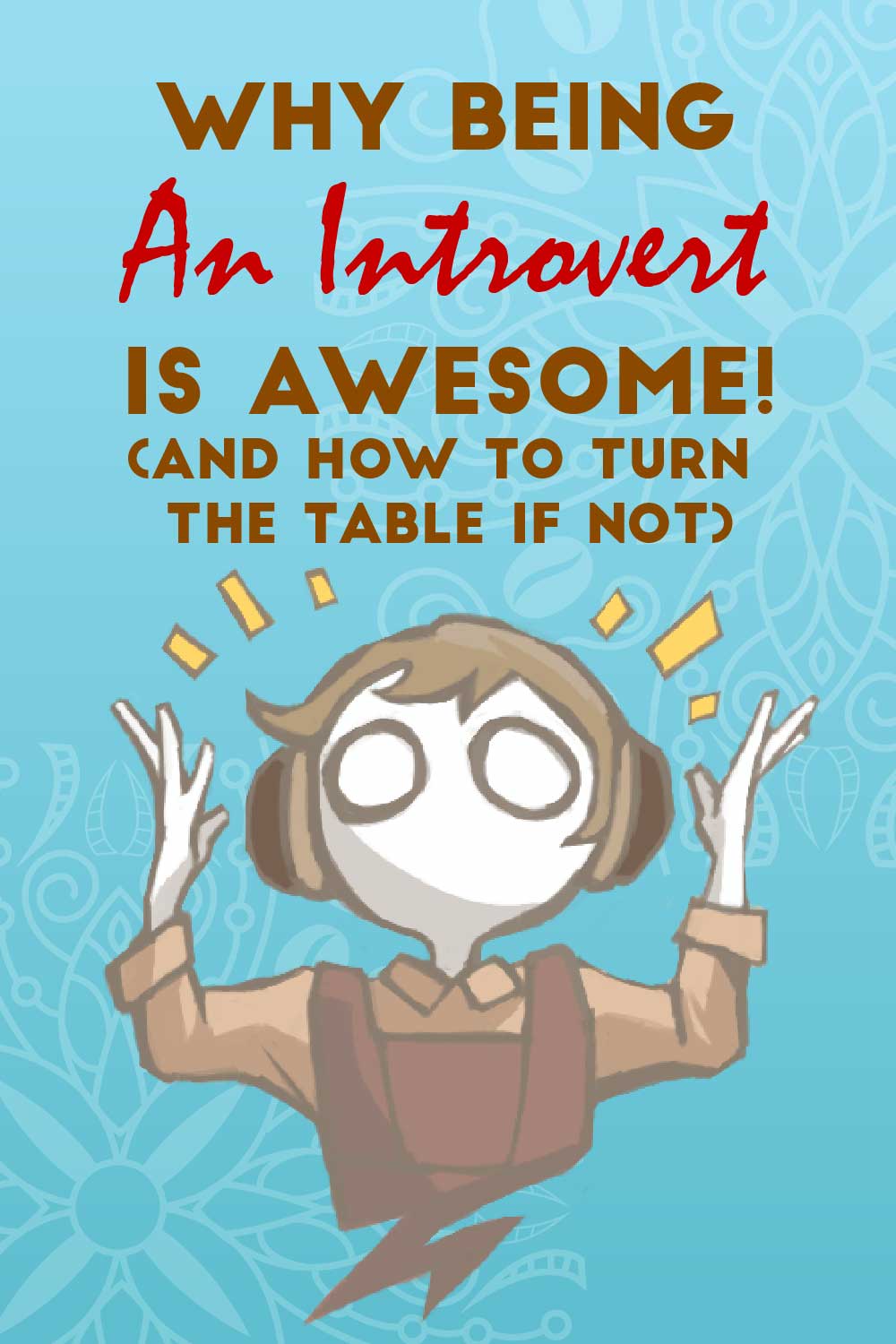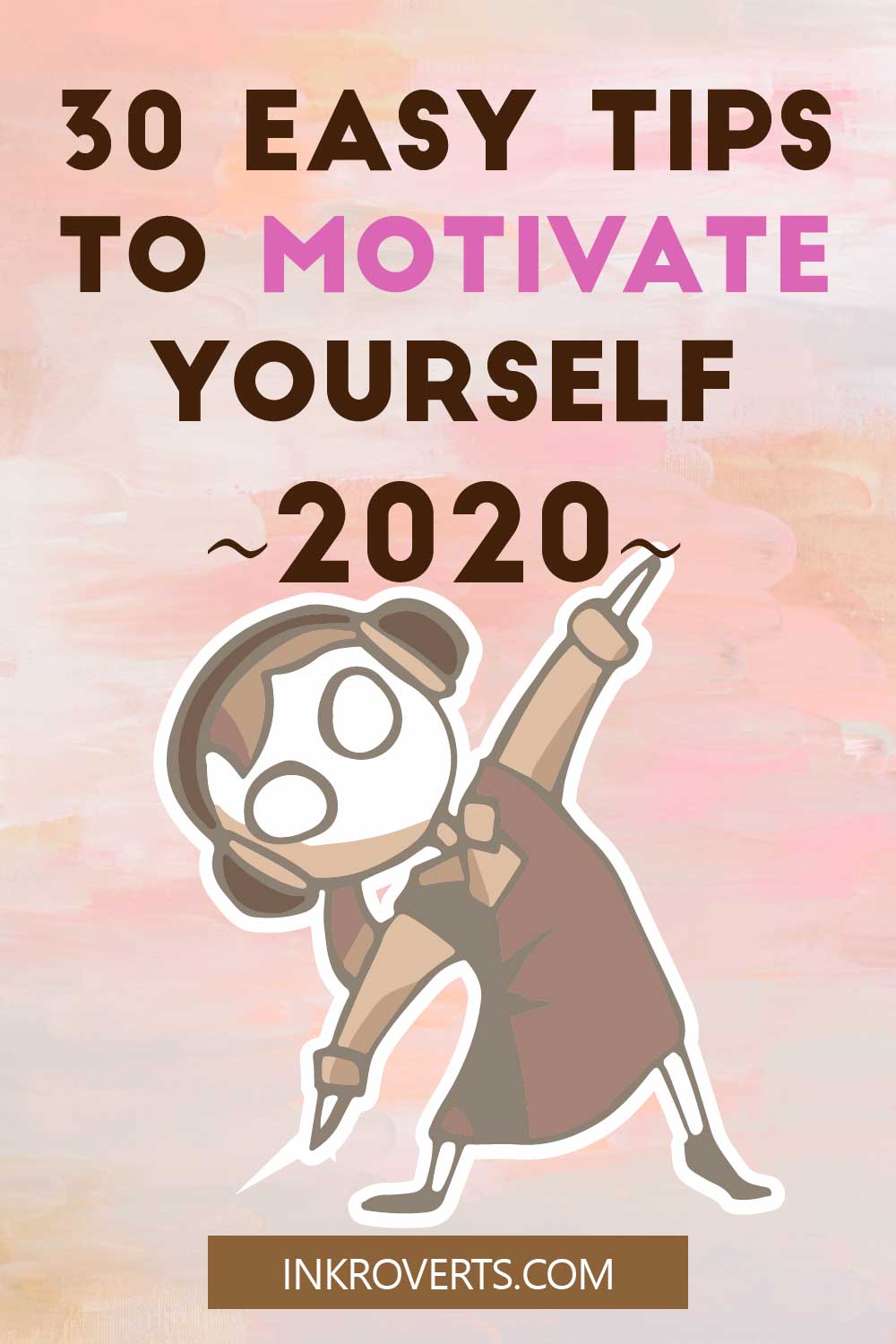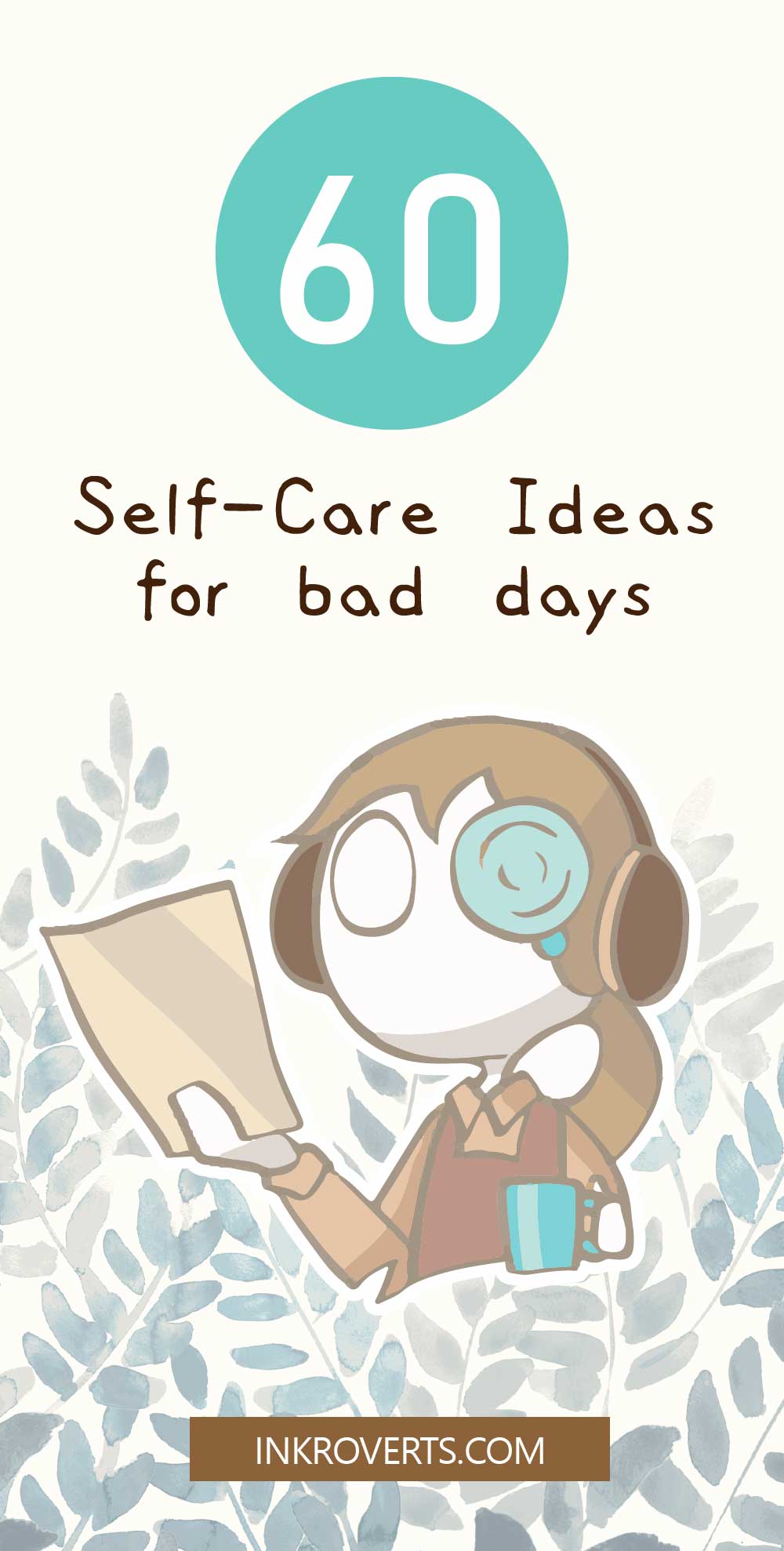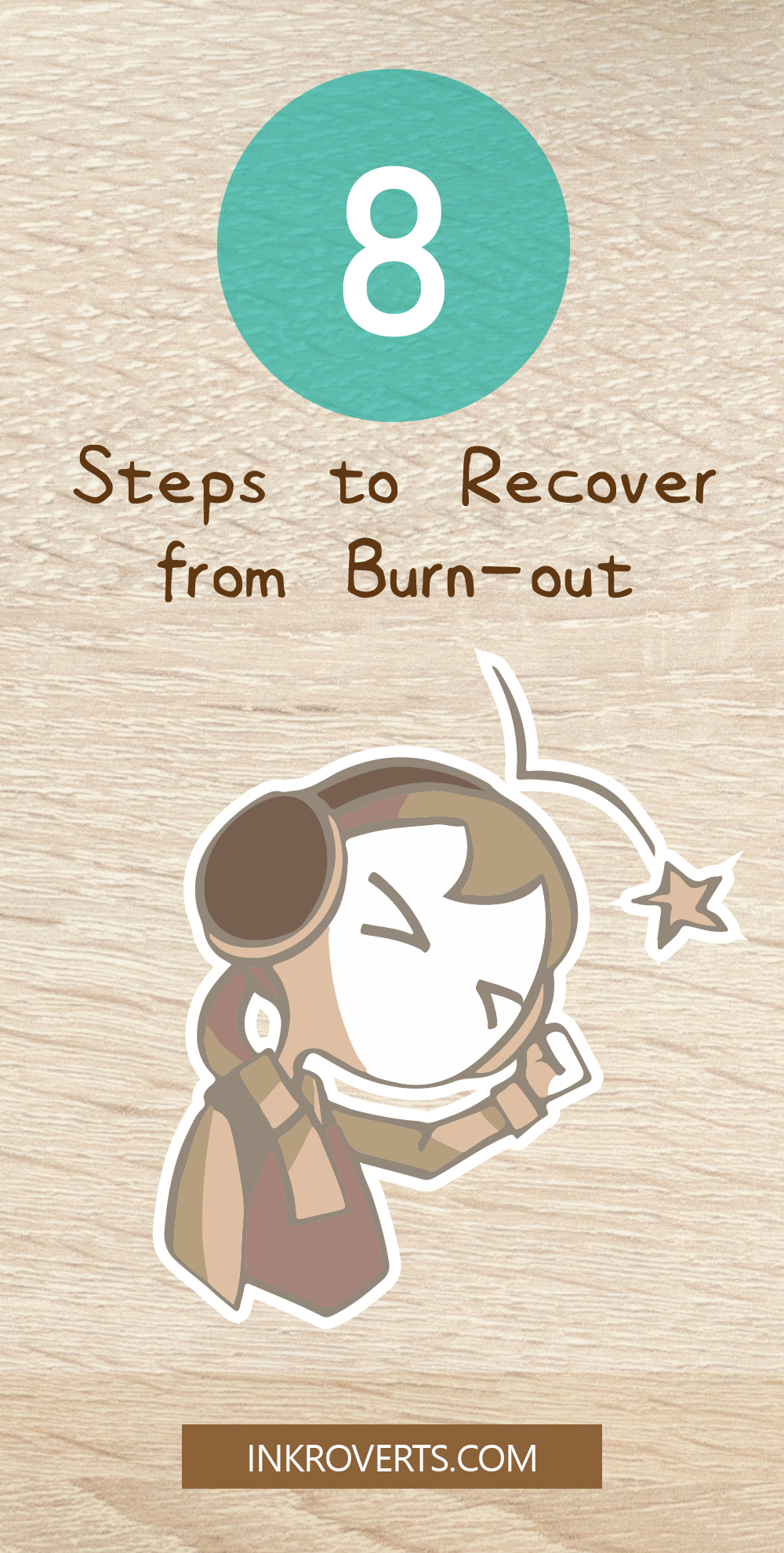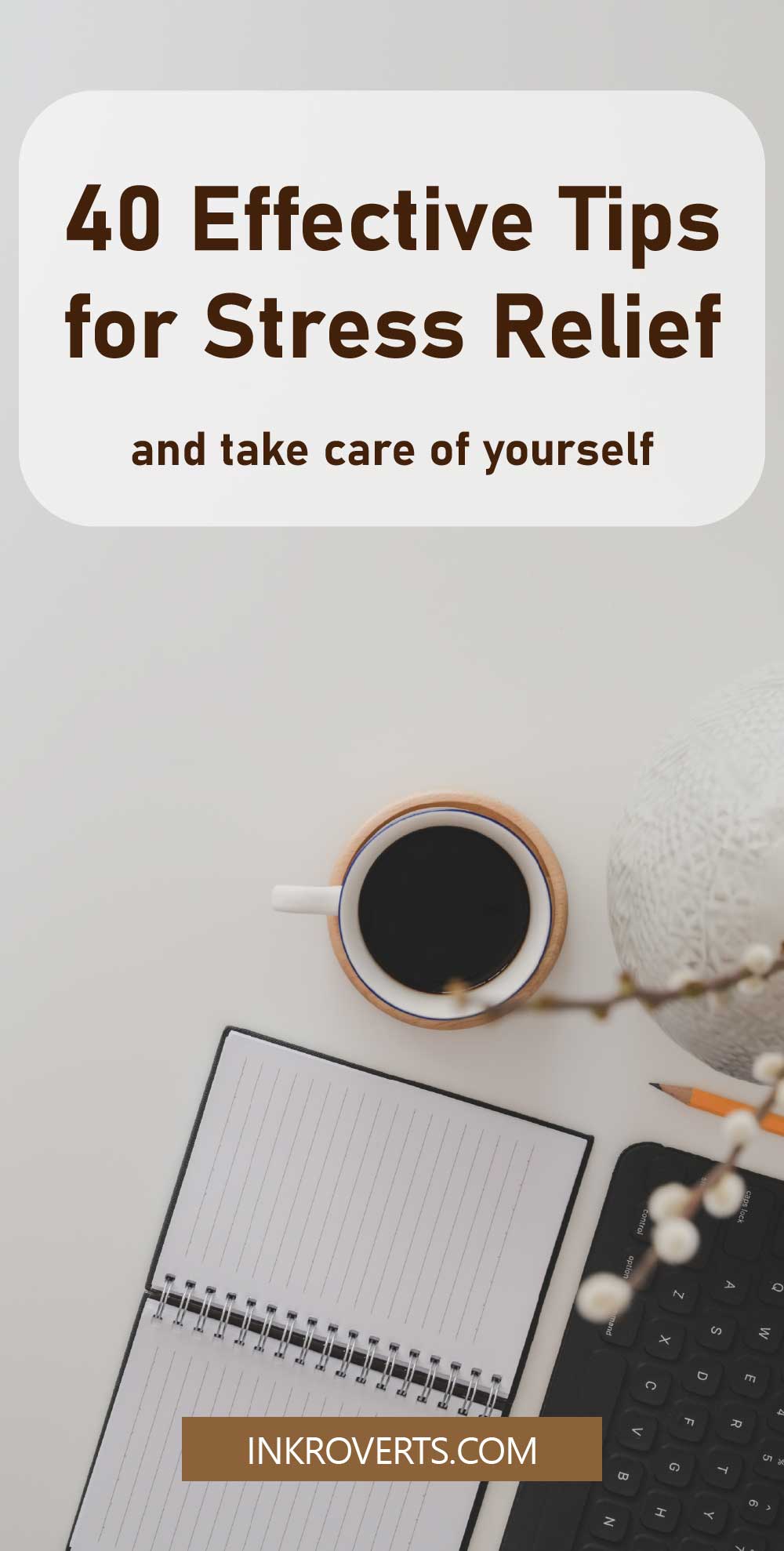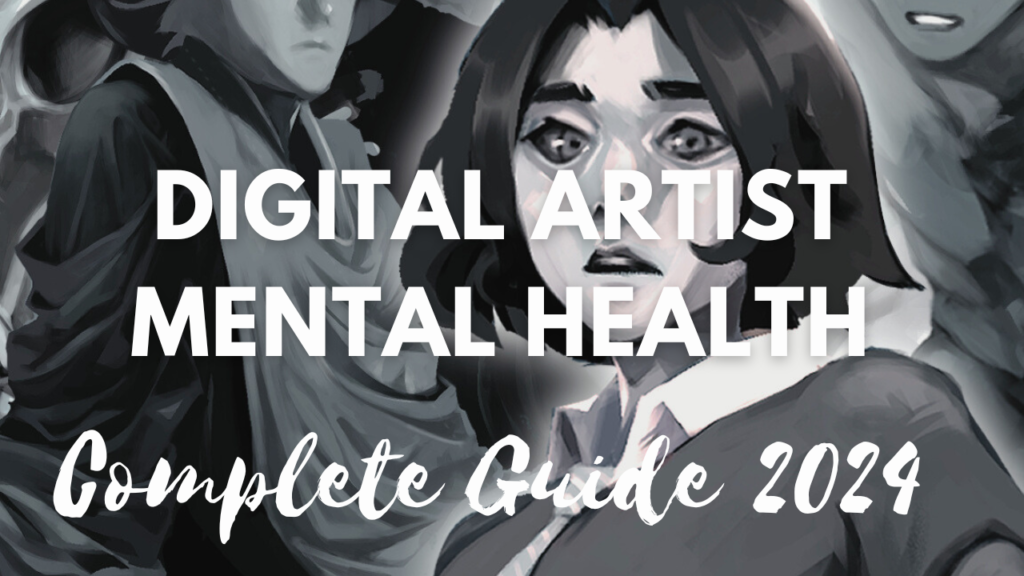
Table of Contents
How Mental Health Affects Your Creative Work
In the fast-paced and demanding world of digital art, it’s crucial for artists to prioritize their mental health. The pressures of deadlines, client expectations, and the constant need for creativity can take a toll on an artist’s well-being. In this guide, we will explore effective strategies and practices in order to help digital artists tackle each challenge, thus maintaining mental and emotional well-being.
Mental health is just as important as physical health. It affects our overall well-being, creativity, and productivity. Recognizing the significance of mental health is the first step towards prioritizing it in your life as a digital artist.
The Challengers
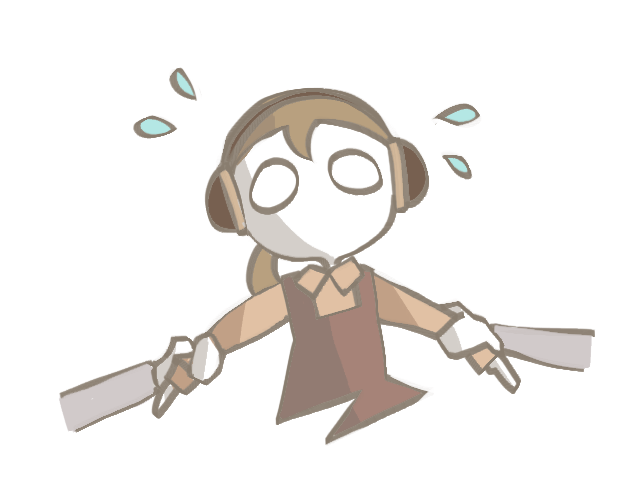
#1 Stress and Anxiety
Stress and anxiety are common in the digital art industry. The pressures of meeting deadlines, surpassing client expectations, and constantly staying ahead in a competitive field can lead to overwhelming feelings that are bad for your mental health. The thoughts of not producing enough artwork compared to other artists, Adobe Photoshop crashing before you can save the progress, and the clients demanding to change multiple details of your artwork… are enough to make your heart race.
Research
Previous study shows that artists tend to have higher rates of stress, anxiety, and depression compared to the general population (Taylor, 2017). Their personality traits can be comparatively more moody and self-conscious. However, a study also shows that artists also have better psychological well-being, including ego resilience and hope (Ivcevic et al., 2020).
This suggests that, despite the hardships artists go through, you can have a wider range of emotional experiences that develop your character. So in the future, if you encounter a similar hardship, you’ll have the resources to deal with it.
Ways to Cope
Setting Realistic Goals and Boundaries
Still, the stress and anxiety you face is not to be underestimated. Set realistic goals and establish clear boundaries, so that you produce artwork at a pace you’re comfortable with. Break down larger projects into manageable tasks and set achievable deadlines. Learn to say no to excessive workloads and prioritize self-care.
Practicing Self-Care
Self-care is essential for maintaining mental health. Engage in activities that bring you joy and relaxation, such as reading, spending time in nature, practicing hobbies, or taking baths. Prioritize self-care as a non-negotiable part of your routine.
The hustling culture of “optimising” your productivity is NOT part of your self-care routine. For example, working on your artwork is not self-care, even when your brain says you’re working and “doing what you love” at the same time. Yes, technically you are doing what you love. But obsessively working will accumulate stress and anxiety, and eventually lead to burnout.
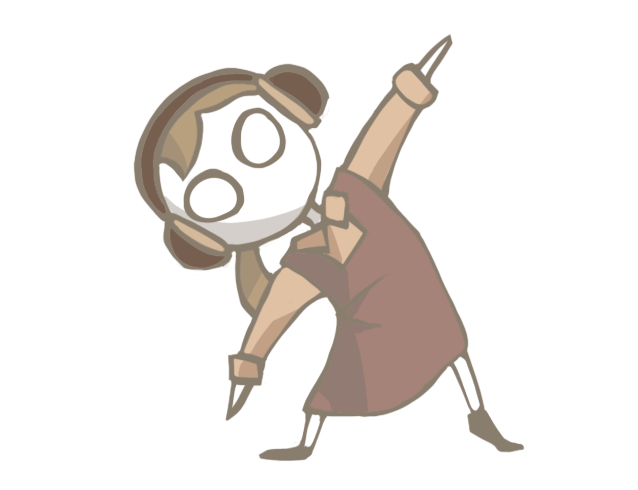
#2 Sitting Down All Day
Sitting down all day may seem like a comfortable and convenient way to work, but it brings negative consequences for both physical and mental well-being. A sedentary lifestyle is associated with a higher risk of obesity, heart disease, and diabetes. Moreover, it can negatively impact your mental health, giving feelings of lethargy, decreased productivity, and increased stress and anxiety. It is essential to have regular movement and exercise in your daily routines to maintain good mental health.
Research
Research studies have shown that the physical environment has a significant impact on digital artists’ creative work (Hoffberg, 2014). This includes functional support (e.g. sufficient lighting, space, furniture), psycho-social support (e.g. stress management, social space, break-taking), and inspirational support (e.g. interior design that stimulates creativity instead of depressing, corporate-like cubicles).
Being a digital artist doesn’t mean you only need to sit in front of the computer all day and produce art products. Even when you work at home and don’t have a “brainstorming room” or open workspace, you can leave the desk for regular breaks. So that when you come back to draw, you can have a fresh, well-rested mind.
Ways to Cope
Maintaining a Healthy Work-Life Balance
Strive for a healthy work-life balance by setting boundaries between work and personal life. Designate specific work hours and create a dedicated workspace. Disconnect from work-related activities during personal time to recharge and rejuvenate.
Engaging in Physical Activity
Physical activity has numerous benefits for mental health. Incorporate exercise into your routine, whether it’s going for a walk, practicing yoga, or participating in a sport. Physical activity releases endorphins, reduces stress, and boosts overall well-being.
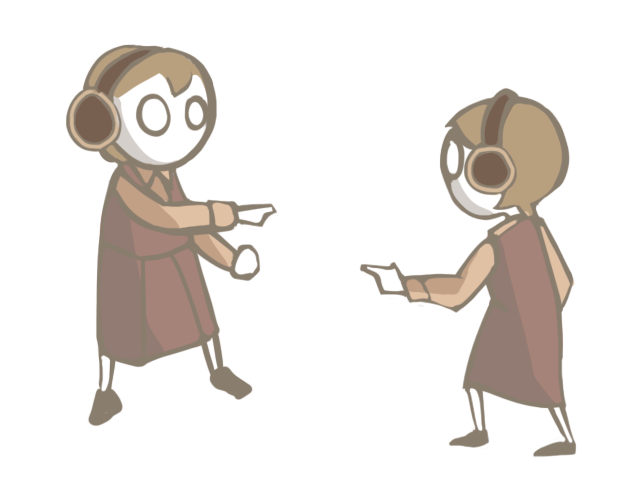
#3 Comparing with Other Artists Online
The digital art community is vast and diverse, with countless talented individuals showcasing their work on various platforms. In this sense, social comparison is basically unavoidable. Sometimes, comparisons can inspire you to improve your own skills. However, constant comparing can also lead to a distorted perception of your own abilities.
If you are new to the field of digital art, remember to read this essential beginner’s guide to digital art!
Research
In a study about social comparison among art students (Burleson et al., 2005), the psychological effects of social comparison depend on the students’ interpretation of the comparisons.
In “inspiration comparisons”, the art students believed they could be as successful as the artists they compared with. This kind of upward comparison is beneficial to psychological well-being. In “inferiority comparisons”, the students believed they were simply unlike the successful artists they saw, leading to feelings of inferiority.
Ways to Cope
Seeking Support and Connection
To have “inspiration comparisons”, you can first understand how other artists are achieving the success they have, and learn from their methods and mistakes.
Connect with fellow digital artists or join online communities to share experiences, seek advice, and find support. Engaging with like-minded individuals can provide a sense of belonging. Meanwhile, it is important to remember that each artist has their own unique style, journey, and level of experience.
Balancing Social Media and Online Presence
On the other hand, engaging in “inferiority comparisons” can hinder creativity, stifle originality, and create a toxic mindset focused solely on external validation. In this case, it is better to focus on your own progress, growth, and personal artistic vision. Embrace your individuality and celebrate the diverse talents within the digital art community.
While social media can be a valuable tool for digital artists, it’s important to set boundaries and limit the time spent on social media. Remember that social media is a highlight reel and not an accurate representation of someone’s life or work.
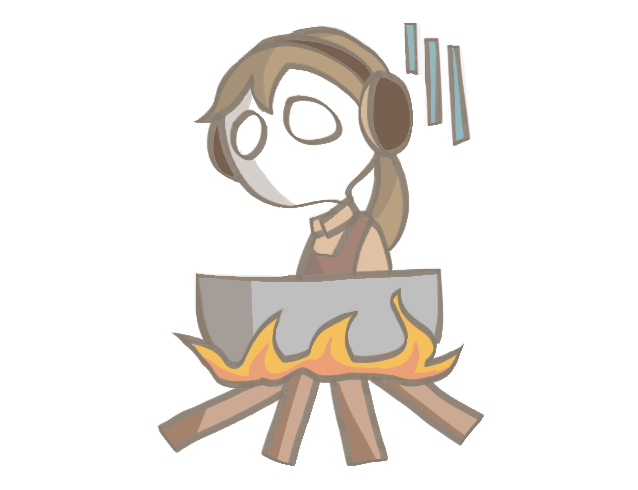
#4 Burnout
Digital artist burnout is a real and pressing issue. The relentless demands of producing artwork can lead to a state of chronic exhaustion and emotional depletion. Remember overexertion can result in a loss of passion and creativity, as well as physical symptoms such as fatigue and insomnia. It is crucial to recognize the signs and take proactive steps to prevent and address burnout to maintain a sustainable and fulfilling career with digital art.
Read this article about 20 signs of burnout and how you can tackle it!
Research
Burnout is contributed by “emotional exhaustion” and “depersonalization” (i.e., negative feelings and attitudes about profession) (Kömürcü., 2018).
Workload and work hours are influential factors. In a study of art education students, students with 30+ hours of coursework a week suffered significantly more depersonalization and emotional exhaustion than those with 15-19 and 25-29 hours a week. The motivation of the students to fulfill their academic responsibilities were lowered because of psychological overload and fatigue.
Another variable of burnout mentioned in the study is future anxiety. Future anxiety leads to feelings of inadequacy, sensitivity to responsibility, and exhaustion.
Ways to Cope
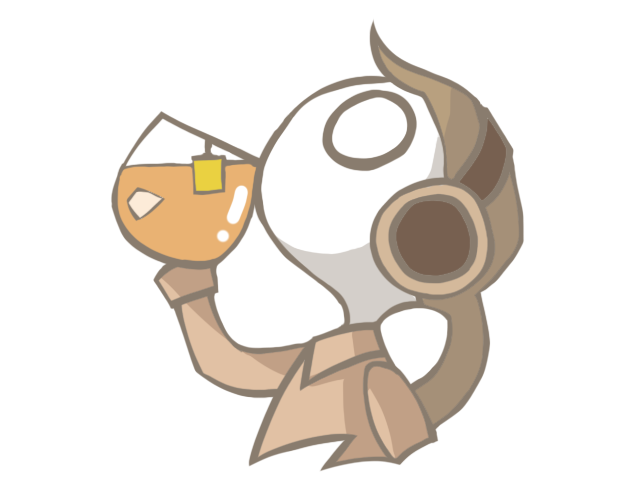
Taking Breaks and Resting
Allow yourself regular breaks throughout the day to rest and recharge. Step away from your digital devices, stretch, or engage in activities that promote relaxation. Taking breaks can improve focus, productivity, and prevent burnout.
Seeking Help
If you find yourself struggling with your mental health, don’t hesitate to seek professional help. Reach out to a therapist or counselor. They can provide guidance, support, and tools to navigate any challenges you may be facing. If not professional help, you can talk to a trusted family member, colleague, or friend who can lend an ear. Sometimes, being able to confide in someone is enough.
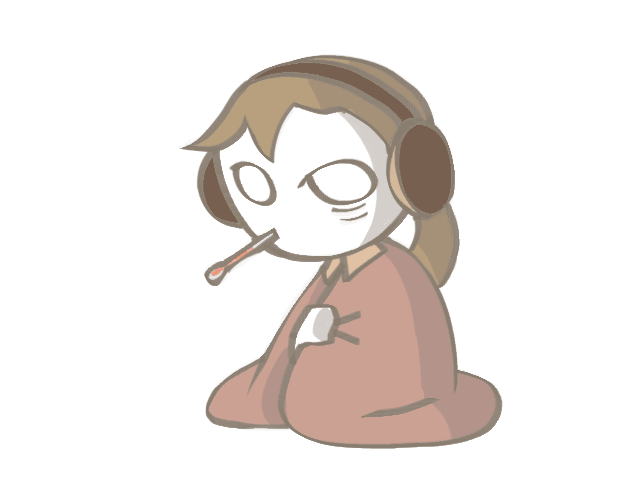
#5 Artist’s Block/ Creative Block
Digital artists’ creative block can be a frustrating and disheartening experience. Being unable to generate new ideas can lead to self-doubt and a loss of confidence in your artistic abilities. Forcing yourself to break through this barrier may backfire, causing stress, anxiety, and a sense of stagnation. Then these negative feelings can lead to deeper into a creative block, making a vicious cycle.
Creative block can be a challenging obstacle to overcome, requiring patience, self-reflection, and experimentation to rediscover inspiration and regain your artistic momentum.
Read this guide of 14 effective strategies to overcome artist’s block.
Research
According to the “Dual Process Theory”, our brain runs on two systems: System 1, with fast but unconscious intuition, and System 2 with slow but deliberate for decision-making.
Usually, intuition and experience (System 1) are the default. But we use deliberate thinking (System 2) when we want to change things.
So when you think your creative ideas are not good enough, you try to think of a better idea. Unfortunately thinking is run by System 2, slow and meticulous and isn’t good at coming up with broad ideas like an artwork. Moreover, System 2 is good for making decisions- but there are no good ideas to make decisions on!
Ways to Cope
Jotting Down Ideas When They Come
Many good ideas come when you’re relaxed and not deliberating thinking (e.g. when you’re showing), just as the System 1 of your brain is run on unconscious intuition. So ready a handy notebook or sketchpad, so that when a good idea comes across your mind, you can immediately jot it down and flesh out the details later.
Finding Inspiration and Nurturing Creativity
Seek inspiration from various sources such as nature, art exhibitions, books, or movies. Explore different art styles and techniques to keep your creativity flowing. Experiment with new mediums or collaborate with other artists to spark fresh ideas.
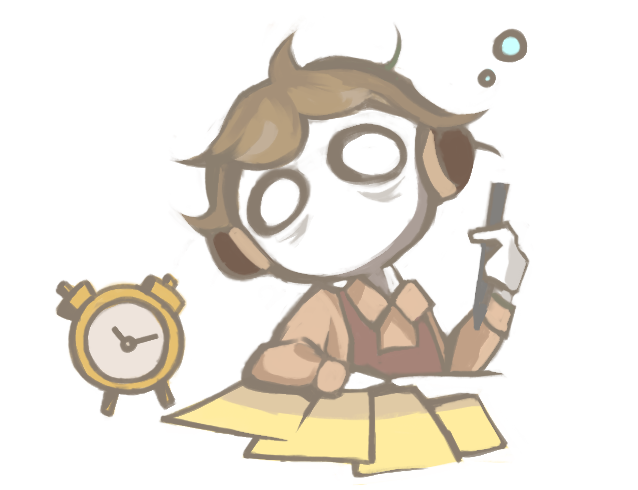
#6 Money: Making Ends Meet
You may also face the challenge of earning money in this competitive and ever-changing market. While the digital art field offers exciting opportunities, it can be difficult to establish a stable income stream. Freelancing is a common path for many digital artists, but it comes with its own set of challenges, such as finding consistent clients and negotiating fair compensation.
Additionally, the pricing of digital art can be subjective and vary greatly, making it challenging to determine the true value of one’s work.
Fortunately, the rise of online platforms and marketplaces has increased the amount of opportunities to stand out and secure paid opportunities.
Research
Money anxiety is not just a mental health problem, but it is a tangible problem. To tackle it, you can first understand what you can control.
In cognitive behavioural therapy (CBT), the things your mind focus on will impact your behaviour, and whether you get closer to solving your problems (including finance). For example, focusing on things you can’t control and negative thinking will result in avoidance and procrastination. Someone will think “I can’t earn enough anyway, might as well give up on this path”, or procrastinate on opening bills because they just can’t face it.
On the other hand, focusing on what you can control definitely helps with problem-solving. For example, you can’t control whether a client wants to commission an artwork from you. But you can control the breadth of your online reach to potential clients, by showcasing your work on more social media platforms. You can’t control whether your art style is someone’s favourite one, but you can practice on improving your skills.
Read this article about +20 tips on positive thinking , including how positive thinking can reshape your life and how to practice it.
Ways to Cope
Creating a Supportive Work Environment
Craft a work environment that promotes mental well-being. Surround yourself with positive influences, organize your workspace, and personalize it to reflect your creativity. Incorporate elements that inspire you and create a calming atmosphere.
Avoiding Comparison and Cultivating Self-Compassion
In the digital art industry, it’s easy to fall into the trap of comparing yourself to others. Remember that each artist has their own unique journey and style. Avoid comparing your work or success to others and focus on your own growth. Cultivate self-compassion by acknowledging your achievements and embracing your imperfections.
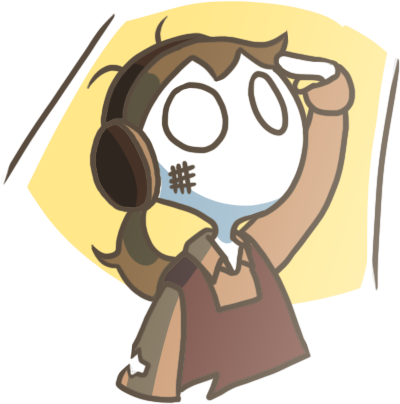
FAQ
Q1: How can I manage stress as a digital artist?
Managing stress as a digital artist can be achieved through various techniques such as deep breathing exercises, meditation, and journaling. It’s important to identify triggers and develop healthy coping mechanisms to effectively manage stress.
Q2: How do I avoid burnout while working on multiple projects?
To avoid burnout, set realistic goals, break down projects into manageable tasks, and establish clear boundaries. Learn to say no to excessive workloads and prioritize self-care to prevent burnout.
Q3: Is it important to engage in physical activity as a digital artist?
Yes, engaging in physical activity is crucial for mental health. Incorporate exercise into your routine, whether it’s going for a walk, practicing yoga, or participating in a sport. Physical activity releases endorphins, reduces stress, and boosts overall well-being.
Q4: How can I find support and connection as a digital artist?
Connect with fellow digital artists or join online communities to share experiences, seek advice, and find support. Engaging with like-minded individuals can provide a sense of belonging and help combat feelings of isolation.
There are many online platforms like ArtStation, DeviantArt, even Reddit forums for artists to give constructive feedback to one another. But if you’re looking to just showcase your artwork, places like Instagram, Twitter, YouTube (for speedpaint videos), and Pinterest are available too.
Q5: What should I do if I’m struggling with my mental health?
If you’re struggling with your mental health, don’t hesitate to seek professional help. Reach out to a therapist or counselor who specializes in working with artists. They can provide guidance, support, and tools to navigate any challenges you may be facing.
Remember, prioritizing your mental health as a digital artist is essential for your overall well-being and creative success. Implementing these strategies and practices can help you maintain a healthy and fulfilling career in the digital art industry.
References
- Ivcevic, Z., Grossman, E., & Ranjan, A. (2022). Patterns of psychological vulnerabilities and resources in artists and nonartists. Psychology of Aesthetics, Creativity, and the Arts, 16(1), 3–15. https://doi.org/10.1037/aca0000309
- Hoff, E. & Öberg, N. (2014). The role of the physical work environment for creative employees – a case study of digital artists. The International Journal of Human Resource Management. 26. 1889-1906. https://doi.org/10.1080/09585192.2014.971842.
- Burleson, K., Leach, C. & Harrington, D. (2005). Upward social comparison and self-concept: Inspiration and inferiority among art students in an advanced programme. The British journal of social psychology. 44. 109-23. https://doi.org/10.1348/014466604X23509.
- Kömürcü, İ. (2018). Examining of The Burnout Level of Art Education Students: The Case of Zonguldak Bülent Ecevit University. International Journal of Social Science Research. https://orcid.org/0000-0001-5692-4040.
- Gonçalves, M. & Cash, P. (2021). The life cycle of creative ideas: Towards a dual-process theory of ideation. Design Studies. 72, 100988. https://doi.org/10.1016/j.destud.2020.100988.
- Money worries and mental health. (n.d.) NHS. https://www.nhs.uk/every-mind-matters/lifes-challenges/money-worries-mental-health/
